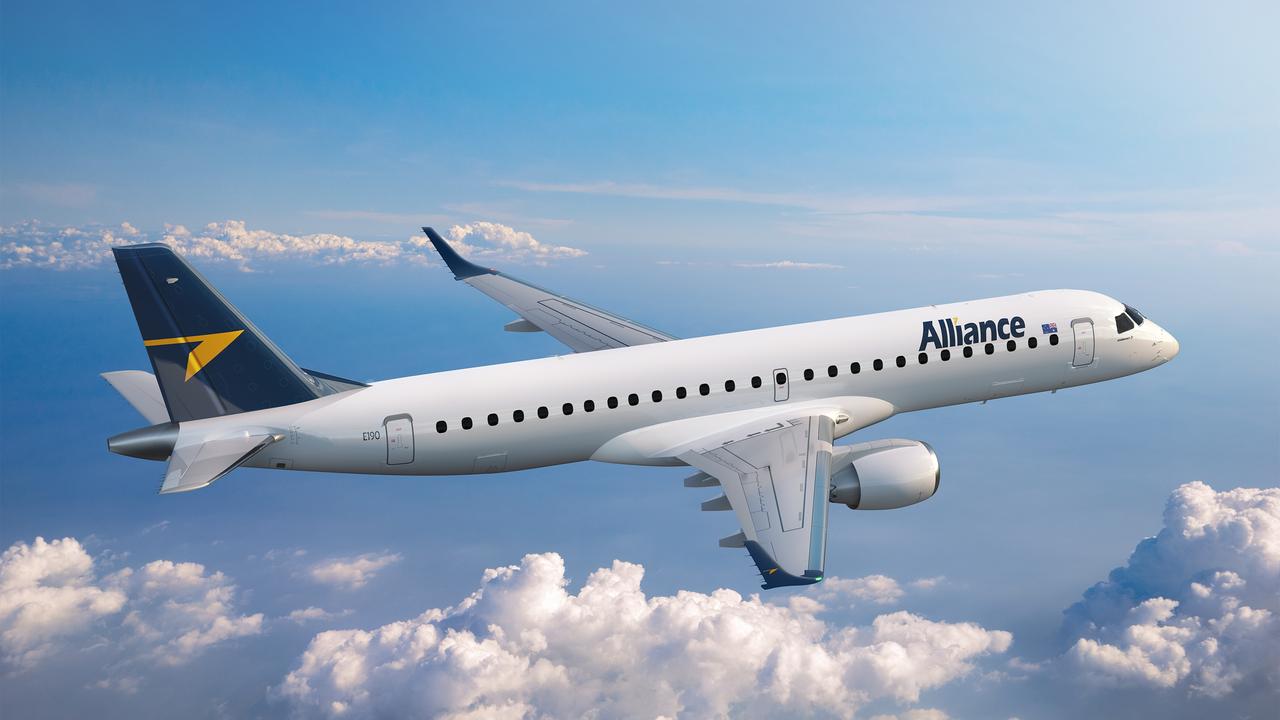Aussies keep flocking to cheap cosmetic tourism despite the risks and horror stories
CASEY Lee forked out thousands for budget overseas cosmetic surgery. It turned out to be the worst decision she had ever made.

Travel
Don't miss out on the headlines from Travel. Followed categories will be added to My News.
A YOUNG Aussie woman has been left permanently scarred after forking out $16,000 for botched cosmetic surgery in Thailand.
In 2015, Casey Lee travelled to Thailand for a breast lift, breast augmentation and extended tummy tuck — procedures which would cost up to $50,000 if performed in Australia.
But despite doing extensive research and choosing a popular, qualified and experienced surgeon, she describes the surgery as the “biggest regret of my life”.
Ms Lee was given the wrong implants during surgery and she suffered from serious infections and burst stitches after arriving home.
More than two years on, she’s been left with horrendous scars, different-sized nipples, recalled implants and no follow up plan in Australia.
She is in desperate need of revision plastic surgery, which she can’t afford, and she described her experience with medical tourism as “the trip from hell”.
“I thought I was finally going to be happy inside and out, but this has all completely shattered that,” she said.
“I will never be the same emotionally and physically.”
But not all experiences with overseas cosmetic surgery are traumatic.
In October 2017, *Grace travelled to the Slovakian city of Kosice for cut-price rhinoplasty and liposuction.
The 27-year-old Sydneysider paid around $6000 for the two procedures, which were booked through New Look Holiday.
According to Costhetics, Australian patients should expect to pay between $8000 and $20,000 for a rhinoplasty alone, while RealSelf lists the average Australian cost of a rhinoplasty as $9577.
As part of her package, Grace was picked up at the bus station, driven to and from all appointments and dropped back off at the station at the end of her visit.
She spent one night in the clinic and about 10 days recuperating in an Airbnb following the procedures, and she said she had “no regrets”.
“I’ve always been self-conscious about my nose and I have looked into rhinoplasty for years — but I couldn’t afford to have a nose job at home. If I hadn’t gone overseas, I wouldn’t have been able to afford it,” she told news.com.au.
“So far I’m thrilled with the results. I would definitely recommend it because you get the same amazing care and results but only for a fraction of the price.
“Of course I’m only speaking about my own experience and I have heard the horror stories, but I think if you do the research and find a reputable doctor you can get great, affordable results.”
Despite Grace’s enthusiasm, Australian cosmetic and plastic surgery registered nurse Nicole Montgomery, who founded independent plastic surgery network Trusted Surgeons, said she was concerned by the “constant rise” of cosmetic tourism.
She said cheaper prices and exotic locations made cosmetic tourism an attractive option, but warned the lack of follow-up care was concerning, especially when complications arose — complications which then often burdened the Australian public health system.
“I would highly recommend considering the financial strain should a post-operative complication occur,” she said.
“The cost of aesthetic reconstructive surgery can be two to three times greater than the original cost of your ‘accessible’ surgery.
“You can certainly trust a board-certified surgeon overseas, but what good is their expertise if you cannot access them in the event of infection, trauma or a complication years post-surgery?”
So just how popular is cosmetic tourism?
According to the international Sun, Sea, Sand, Silicone project, more than 15,000 Aussies travel overseas for cosmetic surgery each year.
We’re spending more than $300 million per year on cosmetic tourism, and the most popular destinations include Thailand and Malaysia.
Comparison site finder.com.au revealed 500,000 Australians have gone abroad for cut-price surgery, and 41 per cent of us would at least consider it.
While 52 per cent would rule out medical tourism due to safety concerns, nearly one in seven millennials had either already been a medical tourist or were planing to become one within the next year.
And it’s not just Aussies who are embracing medical tourism.
The global industry is estimated to be worth almost $90 billion a year, and a recent International Travel Insights report by Visa predicted a 25 per cent increase in medical tourists every year for the next decade.
Australia’s peak cosmetic surgery body, the Australian Society of Plastic Surgeons (ASPS), warned the most common complications arising from cosmetic surgery include scarring, bleeding, infections, fluid accumulation, skin loss, blood clots, numbness, skin discolouration and prolonged swelling and risks surrounding anaesthesia risks.
— Name has been changed to protect the individual’s identity.
Originally published as Aussies keep flocking to cheap cosmetic tourism despite the risks and horror stories


